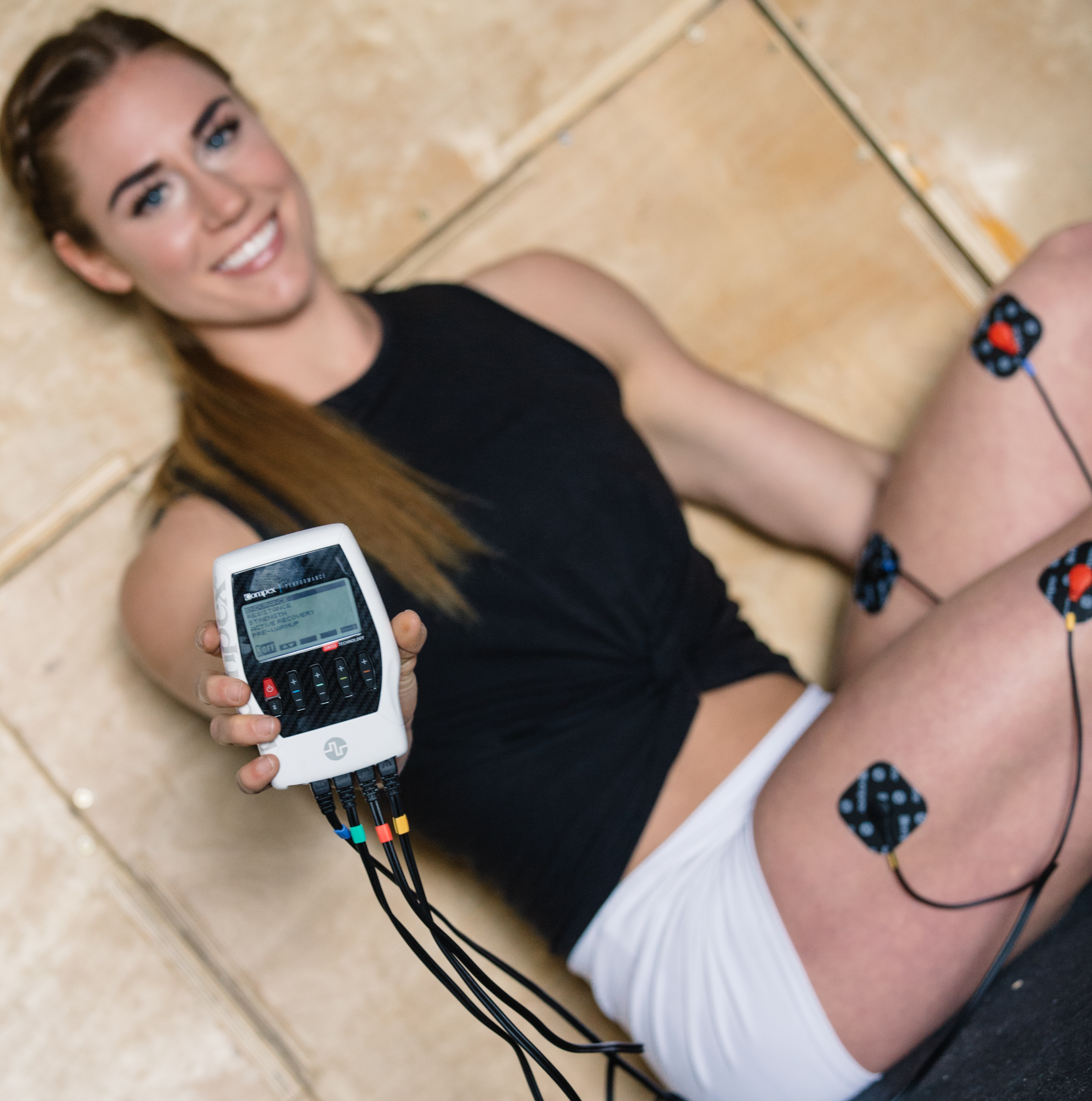Compex 2.0 - Now with TENS

Your Compex device, which utilizes NMES, can be used to help build muscular strength and endurance, promote muscle relaxation and decrease recovery time. But could it do more? We think so! Our new device, Compex 2.0, offers a TENS program to further the benefit of your device by affecting the sensory nerves to help treat pain. If you’re experiencing pain from an injury or event, the Compex with TENS can help to maximize your training and recovery.
So what’s the difference? Though both NMES and TENS may appear the same at surface level, they actually offer very different stimuli.
TENS (Transcutaneous Electrical Nerve Stimulation)
A TENS device is designed for treatment of pain by inhibiting the receptors that our brains perceive. By targeting the sensory nerves, a TENS device is able to “trick” the mind into ignoring pain for periods of time. TENS units are also believed to release endorphins to further fight the mechanisms of pain. A TENS device might be used to treat individuals who suffer from chronic back pain, or who are managing acute injury.
NMES (Neuromuscular Electric Stimulation)
An NMES device uses frequencies that activate actual muscle fibers. By exciting the tissue, an NMES device causes similar stimulus to the muscle as would a workout. Depending on the frequency, NMES devices can target either slow or fast twitch muscle fibers. This means that a certain program could help to enhance endurance-based musculature versus those necessary for a power athlete. This allows a user to mimic and add to training to gain muscle size, strength and reduce risk of injury through proper warmup.
TENS and NMES devices work differently based on the types of nerves they target in the body. Where TENS targets the sensory nerves responsible for transmitting pain to our brain, an NMES device targets the motor nerves which allows for benefit to training and recovery through the muscle. Where you may have needed two different devices for these effects before, Compex 2.0 maximizes the functionality of your device with both TENS and NMES functions.
